Sridevi and Madhuri Dixit in the 90s defined queer.
As someone recently told me, the best definition of being queer is ‘when you can be your absolute authentic self without having to fit the prescribed morals of society’. A lot of the cinema of the 90s saw women celebrating their bodies and their sexuality, without ever giving away their agency. Madhuri and Sridevi were the closest I came to seeing desire being celebrated.
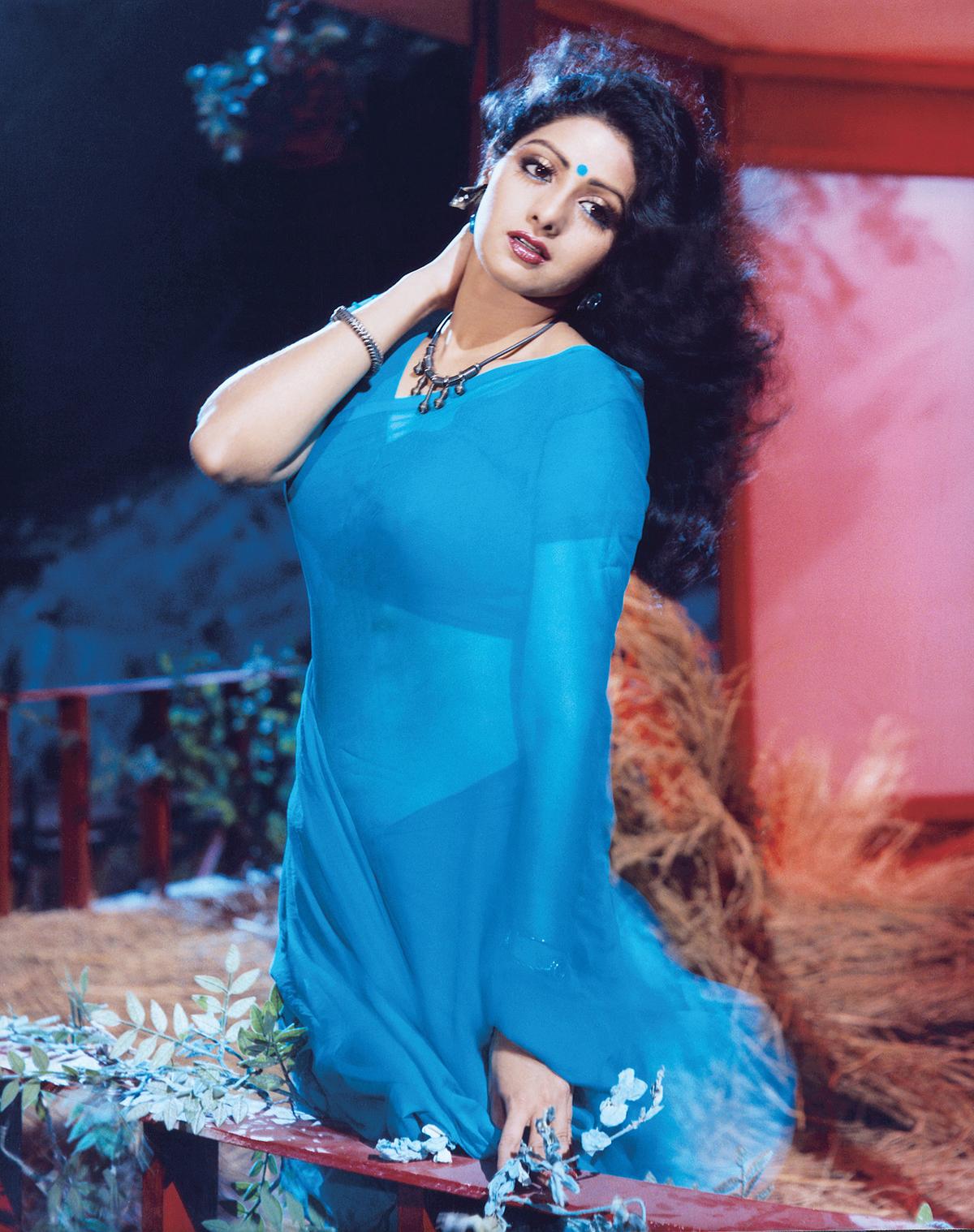
Sridevi in Mr. India
I’m always asked the question: ‘Is your next story a queer story?’ I feel it’s an unfair and unimaginative question. It can be a cishet (cisgender heterosexual) love story and still be a queer film because I look at life, desire and relationships outside of society’s binaries.
The minute you try to box people, you are doing them a disservice. The reductionist label undermines my other identities — I’m also a Bengali filmmaker, a Mumbai-based filmmaker. I’ve made Nayantara’s Necklace, which is about two women bonding over many idle afternoons and talking about their desire for the men in their lives. It is the politics of desire, whether queer or straight, that interests me the most.
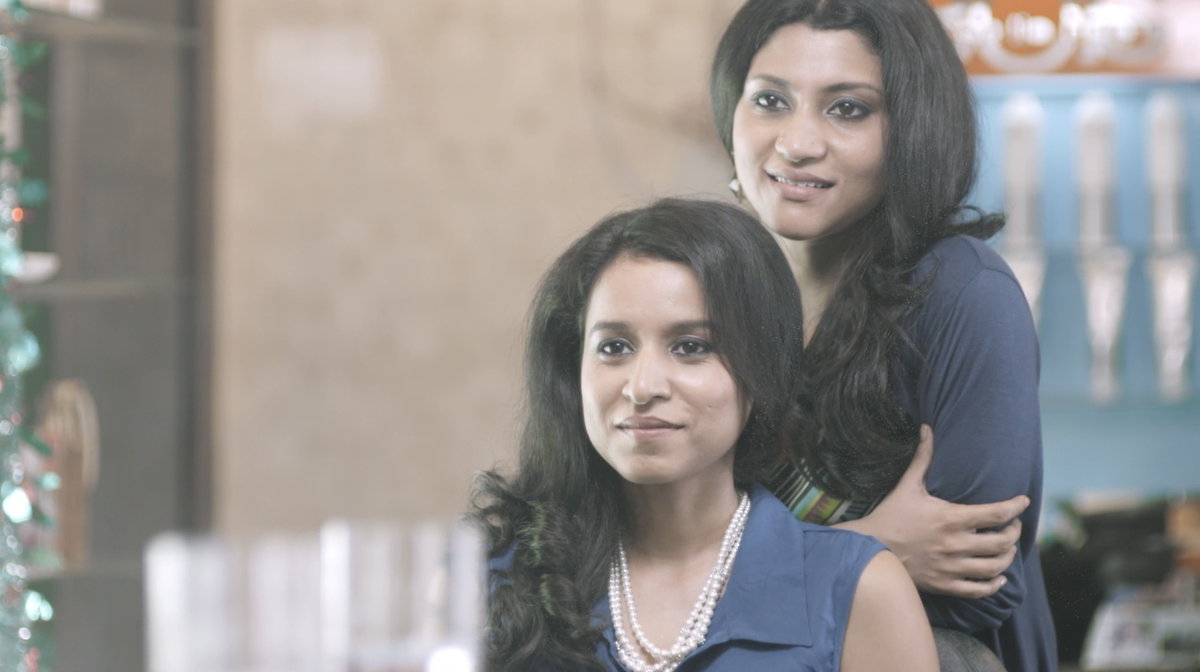
Konkona Sen and Tillotama Shome in Nayantara’s Necklace

Realities of a hyper-capitalist world
I hate the word ‘representation’ because it reeks of charity. It suggests that in a largely straight world a few stray mentions should be enough to acknowledge our existence. You see a lot of token queer characters in mainstream shows and films today. But show after show, they either die in the end, or they kill people, or are just comic tropes. It has reduced us to victims, villains or clowns. It’s symptomatic of the fact that these filmmakers see us as the ‘other’.
I remember watching a show last year, at the end of which a gay man kills his lover and then dies immediately after. That sensational end was celebrated by critics. The audience, however, learned nothing about the couple — not their pain, their loneliness, or even what drove them to the act, except that ‘the world is cruel to them’. The gays came in just to fill a plot hole in a cishet narrative.
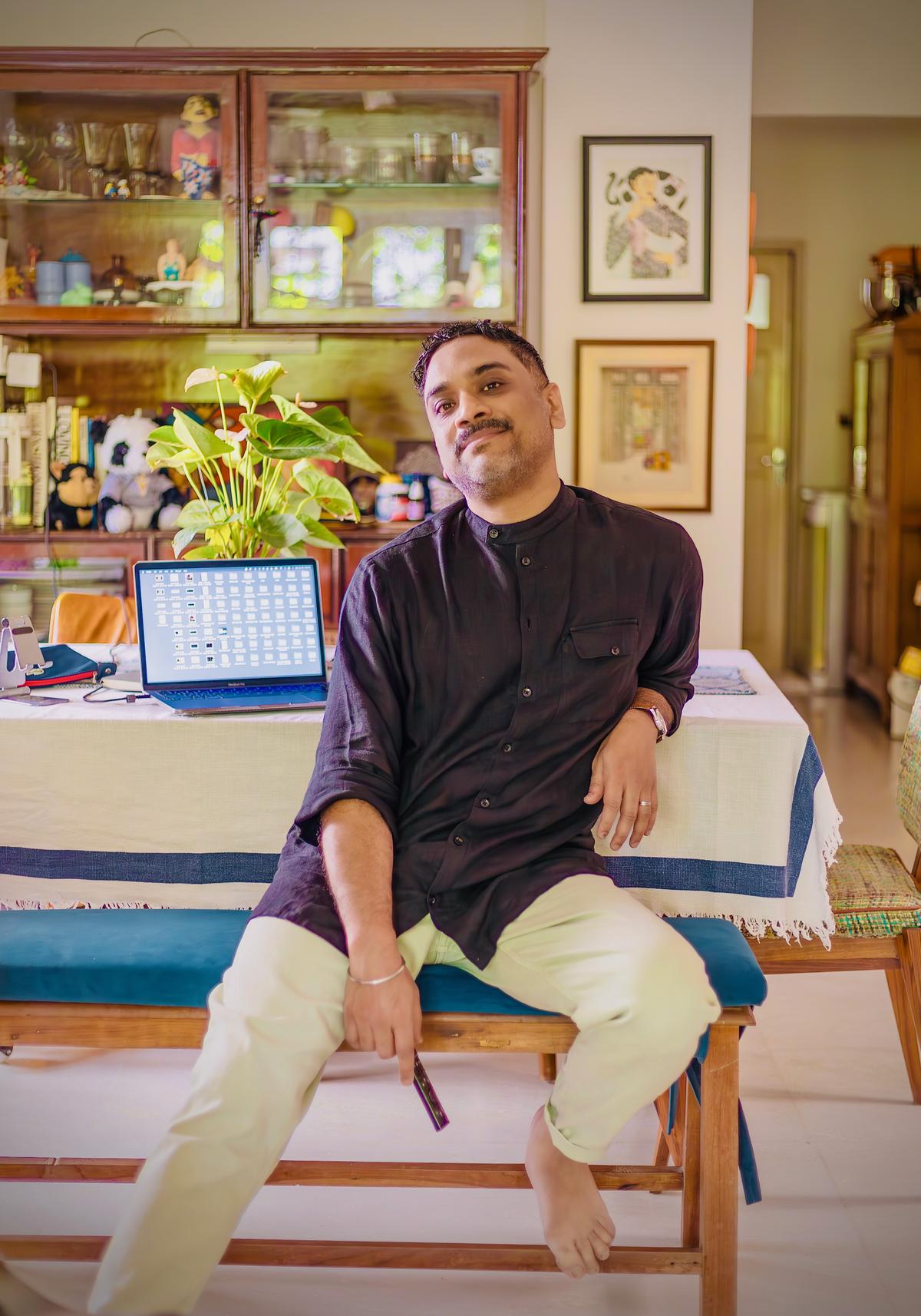
Filmmaker Jaydeep Sarkar
A lot of people may feel that the representation box has been ticked with these roles, but who has it actually helped? It’s not going to help a queer person who is hoping to find the strength to come out.
What’s missing in our shows is queer joy. Humour and subversion are so much a part of our history and our lives, and it’s hardly made it to our cinema. I feel we need to tell lighter, more positive stories of queer love. This was the main reason why I wanted to make Rainbow Rishta (Amazon Prime Video). Predictably, one review of the show stated it’s ‘not deep enough… surely their lives can’t be that easy!” I was amused at how the critic couldn’t fathom a queer life that wasn’t sad. The review was sweet triumph for what I set out to do: break the trauma narrative around queer folx.
What I’m really interested in is how to sell queer stories. We live in a hyper-capitalist world and queer films will get made only if they get viewers. I wonder when an Indian trans actor will be celebrated on a global stage, like Karla Sofía Gascón, who won the Cannes Best Actress award for Emily Perez.
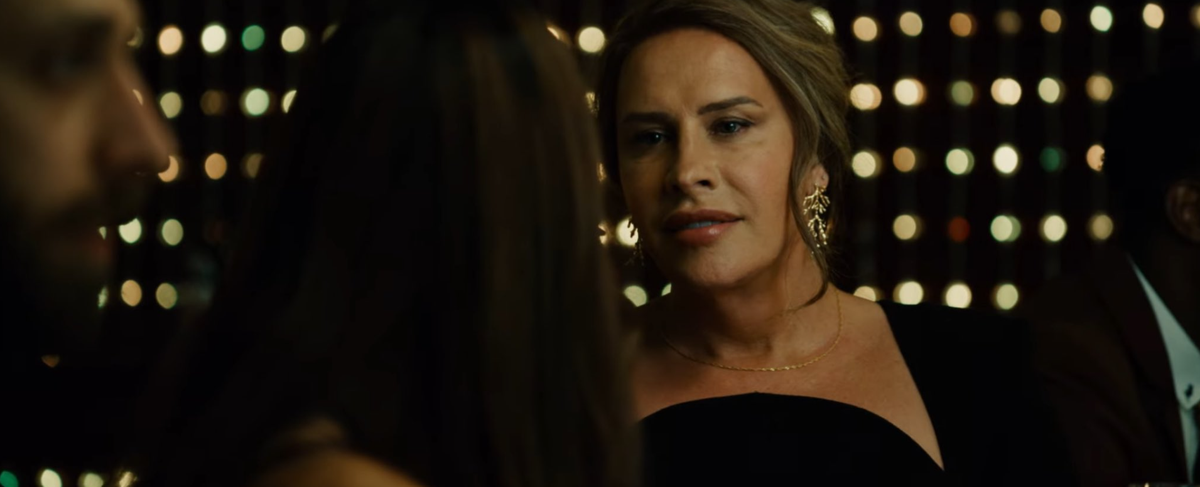
Karla Sofía Gascón in Emily Perez
There is some great independent queer cinema being made, but when will mainstream Hindi cinema have its own Kaathal, backed by a big star like Mammootty — a film that takes you close to the queer experience with empathy and grace. Or Super Deluxe, where Vijay Sethupathi played a trans woman. We urgently need this churning, to tell queer stories confidently and at par with other mainstream cinema, and sell tickets and provoke conversations in living rooms.
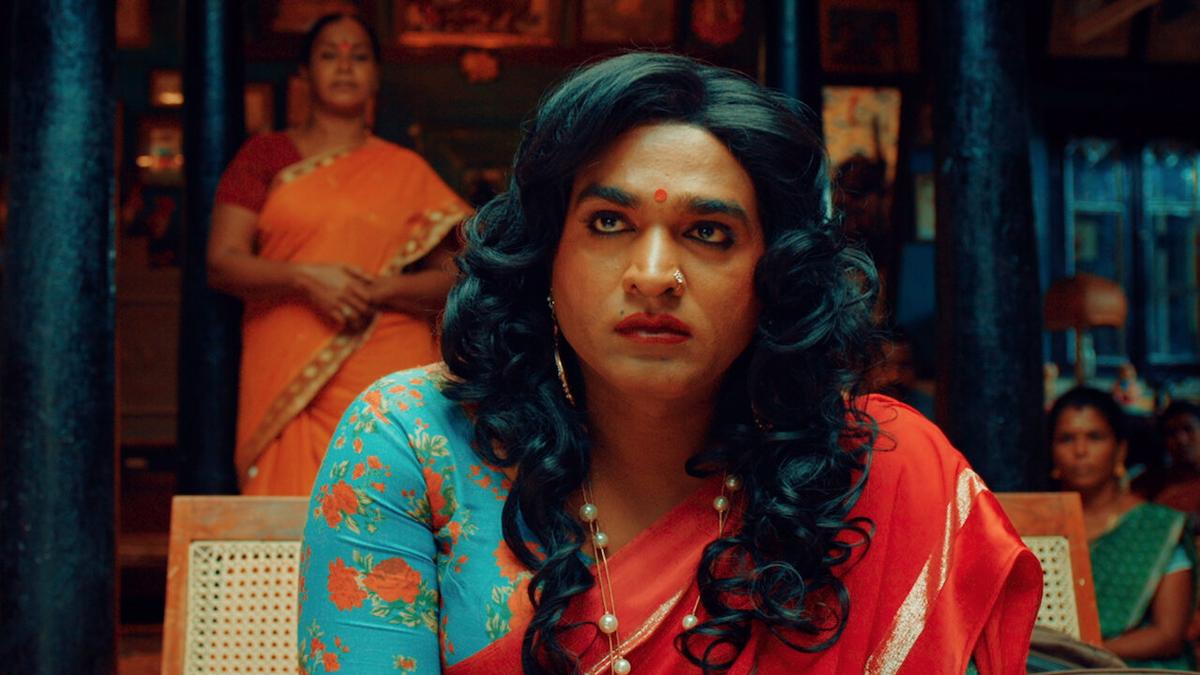
Vijay Sethupathi in Super Deluxe
We need more stories from small towns
When I made Rainbow Rishta, I was very clear that I wanted it to be diverse — not only in terms of orientation and gender, but also geography. So, I looked for stories in small towns. What I discovered there was very ironic; small town India is far more progressive than metropolitan India.
I have encountered a lot more queerphobia in Bandra than I did in Daniella Mendonca’s Bhayandar. The suburb is full of small-scale industries run out of people’s homes. In a neighbourhood where people live hard lives, every little joy is precious. So when Daniella, a transwoman, decided to marry Joel, a cishet man, all of Bhayandar came out to celebrate. Morality remains the bane of the middle class.
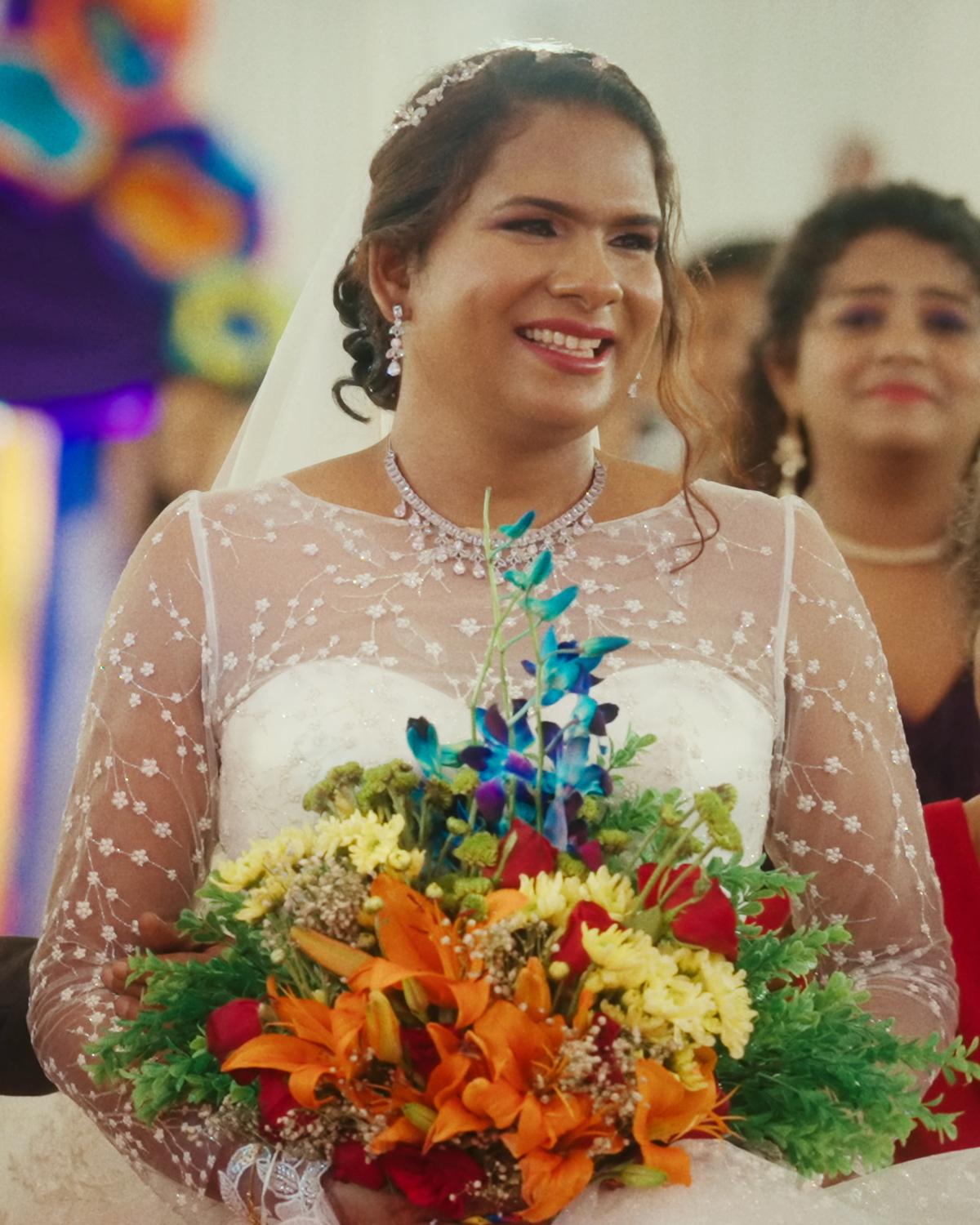
Daniella Mendonca in a still from Rainbow Rishta
I’ve experienced this in my own life, too. I had never allowed myself to dream of a sasural, of the kind I had seen in the movies of Sooraj Barjatya, growing up. But then I met my partner, and later his family based in Jamshedpur. My mother-in-law is my role model. I’ve seen her walk into rooms and shatter every prejudice with her confident support and love. I have seen people feel diminished by their own biases, when they encounter someone as empathetic as her.

Are we on the right path?
Quantitatively, there are more gay characters on screen now. While they are not being ridiculed, they are definitely being patronised and stereotyped. We are nowhere close to where we should be. However, I feel it’s all a continuum, and we are taking the right turns.
The campy films have happened, the trauma plots have happened, now queer joy must come in. We need to be more irreverent, fearless, and cheeky to make queer cinema that will have an impact.
The writer is a Mumbai-based filmmaker.
As told to Surya Praphulla Kumar
